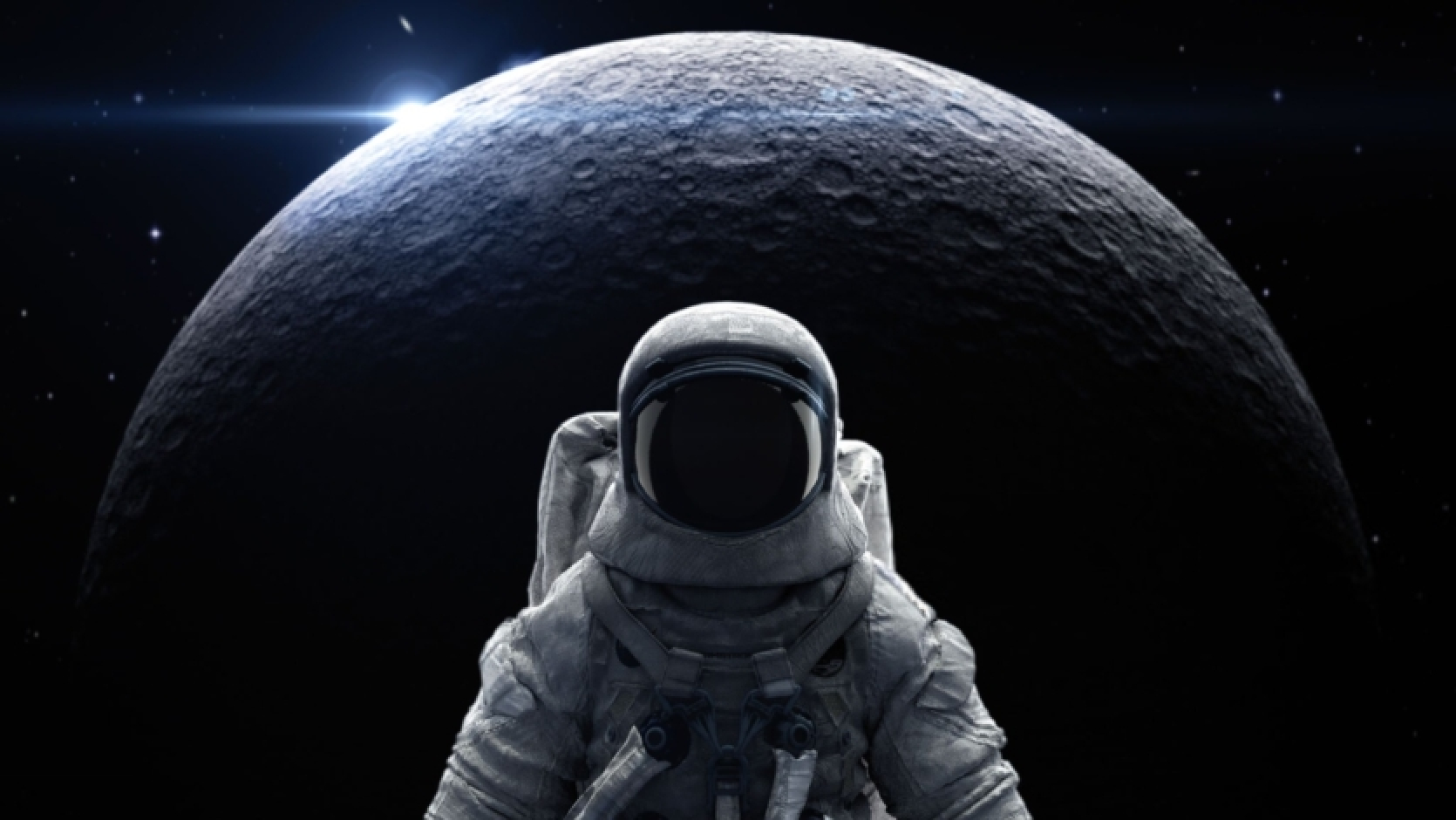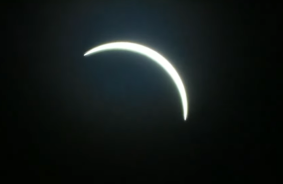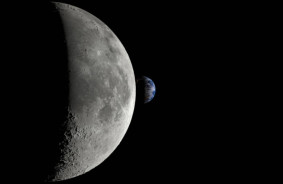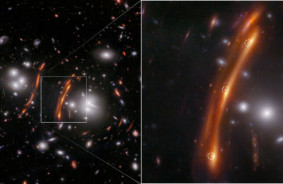In a new study, scientists have precisely calculated how much faster time passes on the Moon compared to Earth and the barycenter of the Solar System. This information is crucial for future expeditions.
According to the theory of relativity, time flows differently for different observers depending on their relative speed and proximity to gravitational fields. In everyday life, this difference is imperceptible, but for space agencies planning to establish bases on the Moon and Mars, it represents a significant issue.
The Moon still does not have a coordinated time zone. Unmanned missions usually use the time of the country of origin of the spacecraft, while piloted Apollo missions used Earth time, starting from the moment of launch. Considering the prospect of increasing the number of robots and humans on the Moon, the US aims to introduce Coordinated Lunar Time.
Researchers calculated the relative speed of time on the surface of the Moon, Earth, and the barycenter of the Solar System. According to their calculations, time on the lunar surface passes 0.0000575 seconds faster than on Earth, per day. This means that approximately every 274 years the difference will amount to 5.75 seconds. Although this difference may seem insignificant, its disregard could lead to serious issues in Moon missions. Specifically, it could affect the accuracy of spacecraft docking or landing.
NASA and other space agencies are working on creating a new lunar time system. They have already determined that on the Moon, where days last 29.5 Earth days, there will be no daylight saving time transition.
Source: Iflscience, Phys














Comments (0)
There are no comments for now